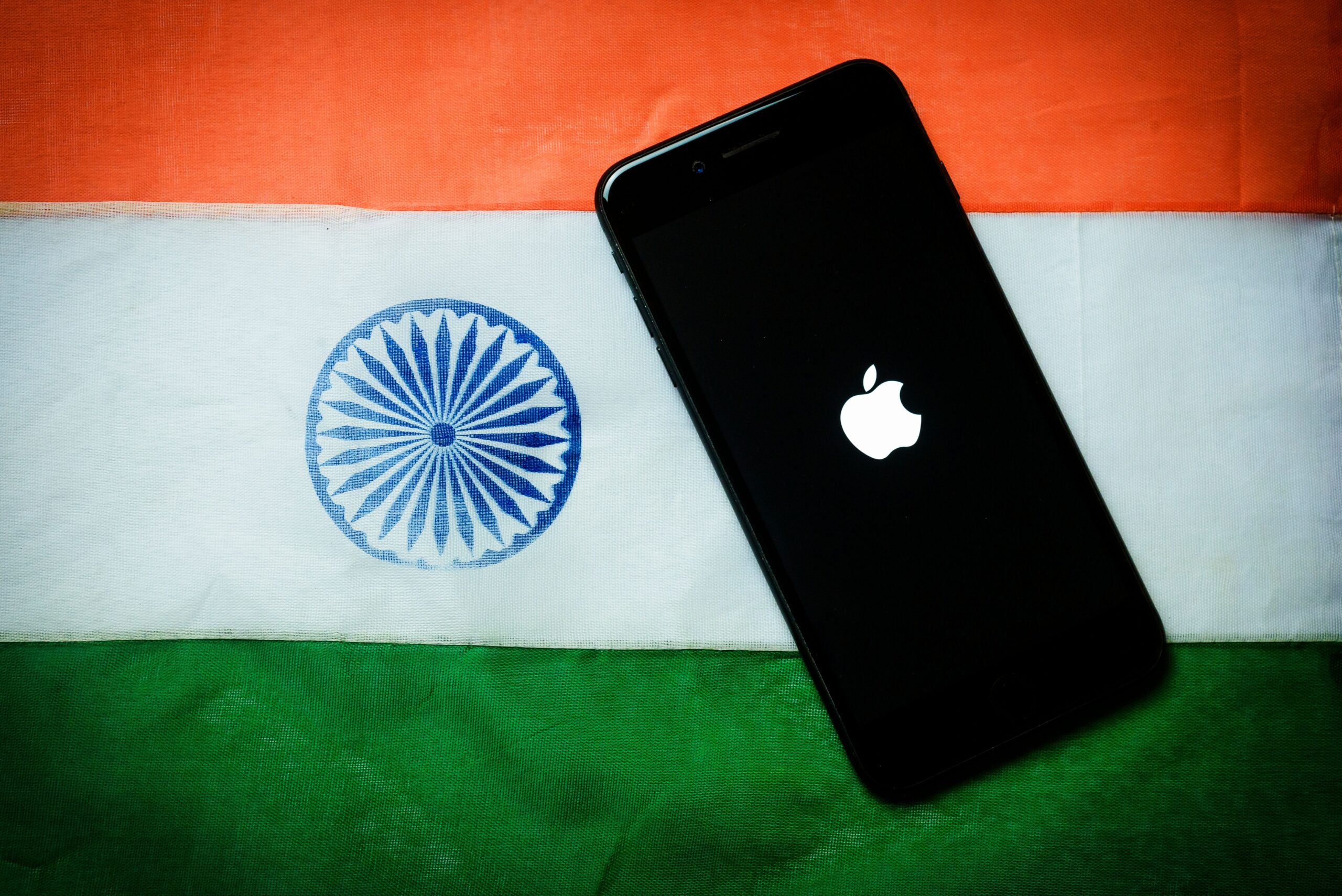According to the Financial Times, which cites sources “familiar with the matter,” Apple plans to assemble in India all iPhones intended for the US by the end of 2026. The majority of Apple’s iPhones are currently made in China, but Chinese-made products have become a toxic asset for US import.
The US government has imposed a 145 percent tariff on goods from China. While smartphones are included in a 90-day reprieve, announced in early April, President Trump has indicated this exclusion is indeed a temporary one. Ready to pay $2,949 for a base storage iPhone 17 Pro Max?
Apple’s supposed shifting of its manufacturing to India is an insurance policy against such chaos in the future, but it did not begin here. In December 2024, we wrote about Apple’s growing reliance on India for manufacturing as a bulwark against growing US-China tensions.
Indian production of iPhones commenced in 2017, starting with the lower-cost iPhone SE. The country began producing flagship-model launch iPhones in 2023.
Despite being the better part of a decade into Indian iPhone manufacturing, this latest alleged shift in strategy still represents a very costly turbocharging of its efforts—and likely at least a doubling of output from Apple’s Indian production plants. WIRED approached Apple for comment, but had not received a response at time of publishing.
How Many Indian iPhones?
“Our estimates say that Apple produced around 40 to 43 million [iPhones] in India last year,” says Navkendar Singh, associate vice president at IDC India. “About 12 or 13 million were consumed in the India market entirely, and the rest were exported out.”
More than 60 million iPhones are sold in the US each year, where the series commands a 57 percent smartphone market share, according to some estimates. “So about 80 to 85 million [iPhones] they will need to produce in India,” says Singh, should Apple want to satisfy US demand at current levels while also serving local Indian market demand.
This expansion does not solely rely on Apple’s investments. As in all of Apple’s major production efforts, any Indian expansion will involve partners, primarily Tata Electronics, Foxconn, and Pegatron.
“Tata is completely running at capacity right now,” says Singh. Tata is the primary force behind Indian iPhone manufacture at present. It operates an assembly plant in Tamil Nadu, in the country’s south. It acquired Wistron’s iPhone-manufacturing Karnataka facility in 2023 and, in January 2025, closed on a majority 60 percent stake in Taiwanese company Pegatron’s Indian operation.
This in turn represents a consolidation of Indian iPhone production being stewarded by an Indian company, Tata Electronics. Foxconn, Pegatron, and Wistron are all Taiwanese companies, despite their global reach and importance.
Trouble at the Factory
Apple’s Tata-led production has not been entirely smooth. In 2023, Tata’s Hosur factory, which produced iPhone casings, reportedly had a yield rate of just 50 percent, with half of the components failing Apple’s rigorous quality checks. This is a very low yield rate, and it highlights the importance of a skilled and efficient manufacturing operation.
“There just isn’t a sense of urgency,” a former Apple engineer told the Financial Times, speaking on Apple’s Indian operations in 2023. Apple’s 2025–2026 increase in Indian manufacturing will be a test of whether that situation has changed and by how much.
And despite this expansion being an effort to partially extricate Apple from its reliance on China, the expansion itself will rely heavily on Chinese workers. “You need the expertise from China,” says Singh. “Chinese engineers and other people, they have to come and setup the [production] lines.”
But this in turn could become a roadblock for Apple, if the Chinese government looks unfavorably on the company’s accelerating shift toward India. “I think the geopolitical pressures between India and China is the only limiting factor,” says Singh.
You Can’t Escape China
One reason China may not object is the nature of the production going on in India. At Apple’s Indian facilities, iPhone casings are made, and iPhones are assembled from already produced components.
This is not the highest value, the highest tech, form of manufacturing, the pinnacle of which—in consumer technology at least—is semiconductor fabrication. That’s the creation of processor chips. The Apple A18 series chipsets found in the iPhone 16 family devices are made by Taiwan’s TSMC, one of the most important companies in the world.
But the prospect of phone chipsets being produced in India remains a far-away one. “That’s another five to 10 years away,” says Singh, of Indian semiconductor fabrication. “That’s not a near-future thing. It’s a medium- to longer-term kind of thing … They’ve already started, but it will take some time. So majority of the high-value components will still come from China.”
Shifting iPhone assembly to India is a solution to Apple’s tariff problem, but it is not a solution to Apple’s China problem. And it might be argued that that problem only truly begins if China invades Taiwan.
While TSMC operates fabrication plants in Japan, China, and the US (in Arizona) alongside its many Taiwan locations, the Taiwanese government has asserted the most advanced fabrication technology will stay within Taiwan. This is yet another point of geopolitical tension, though. Previously, TSMC’s fabricators outside of the country were only permitted to produce chipsets two generations behind the latest. However, in January 2025, Taiwan’s minister of economic affairs, J.W. Kuo, loosened restrictions in this area.
“Private businesses should make their own business decisions based on their own technological progress,” Kuo said, following the announcement of plans to build a 2-nanometer chipset fabrication plant in the US, representing an investment of up to $30 billion in the US market by TSMC.




